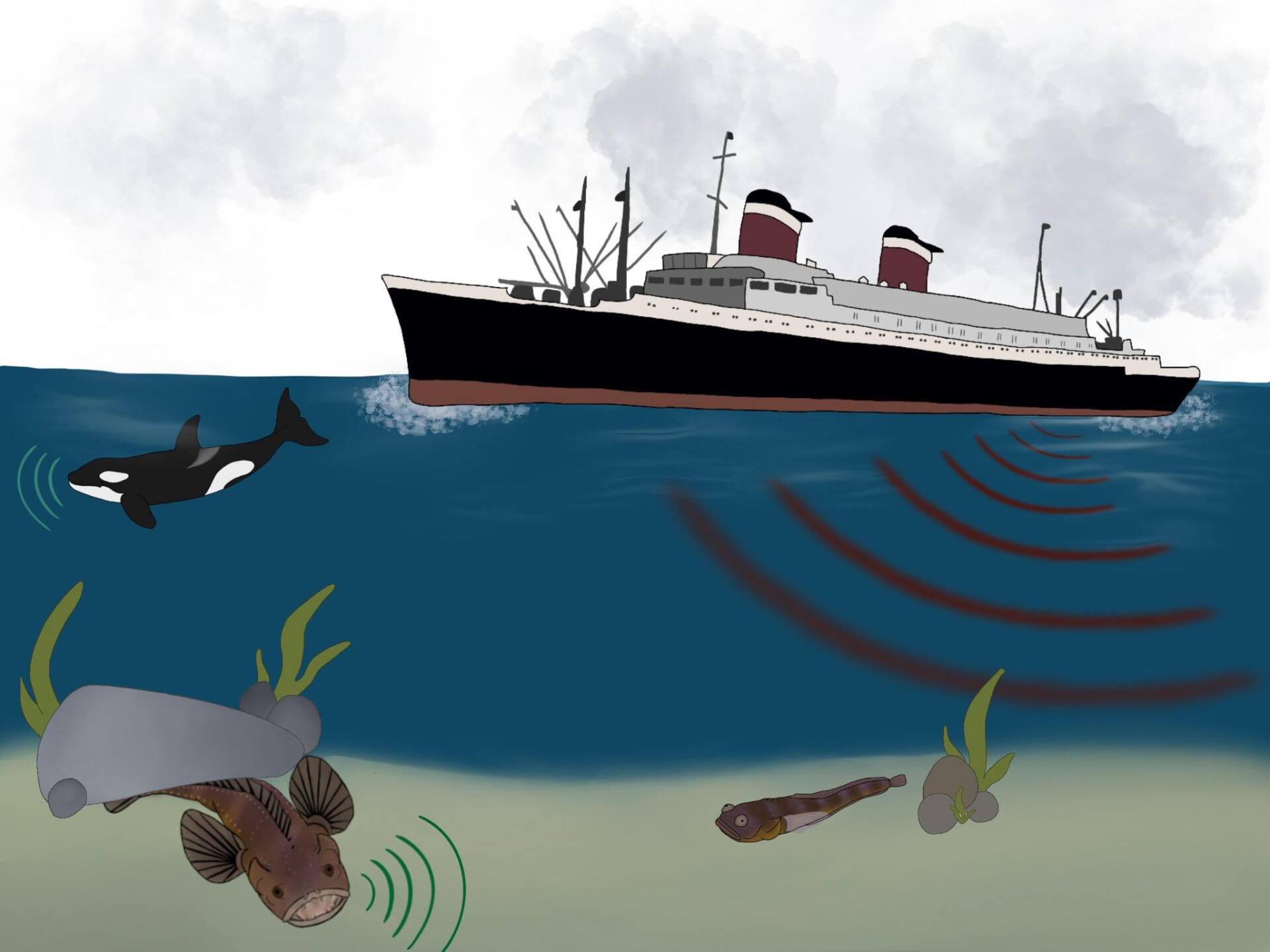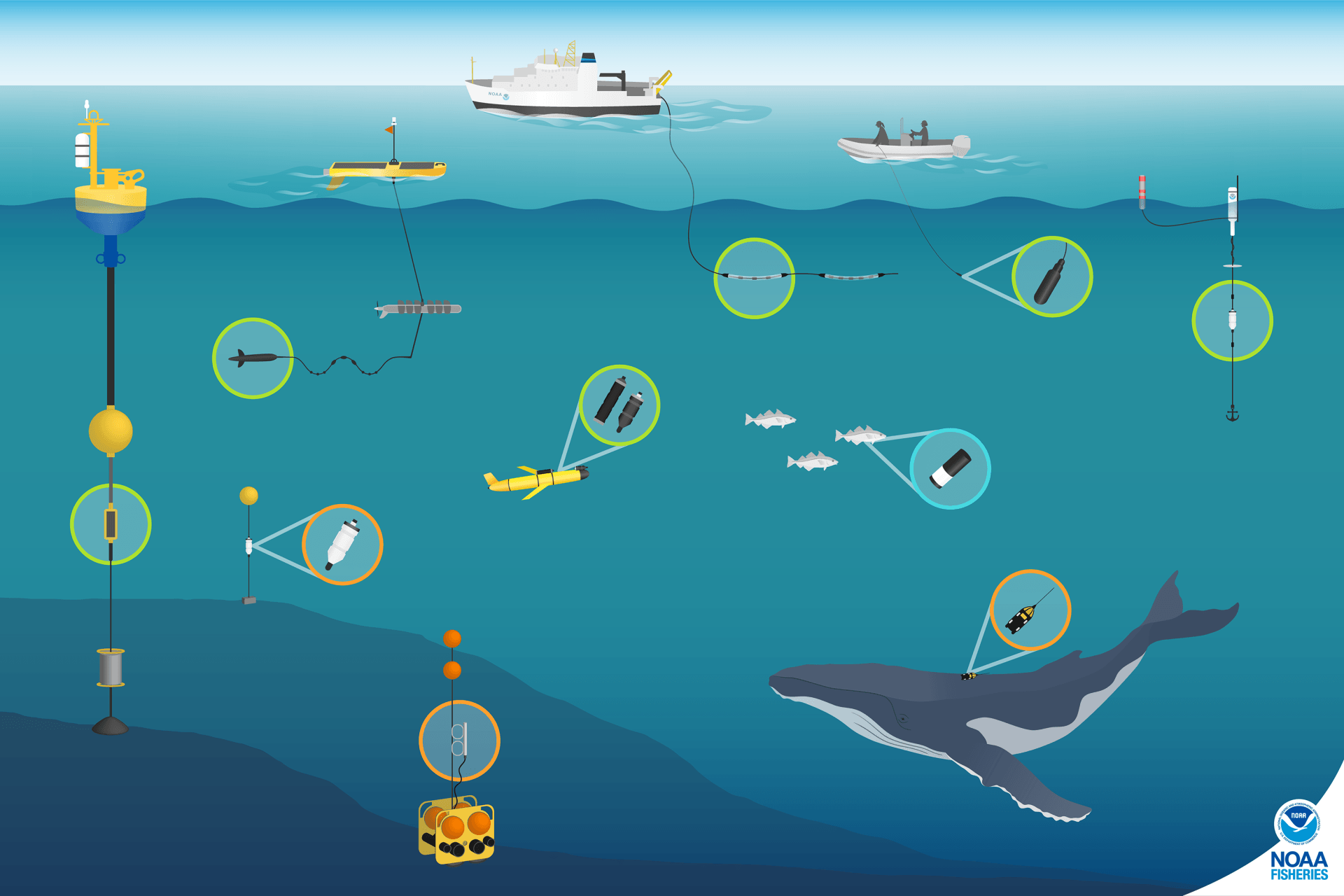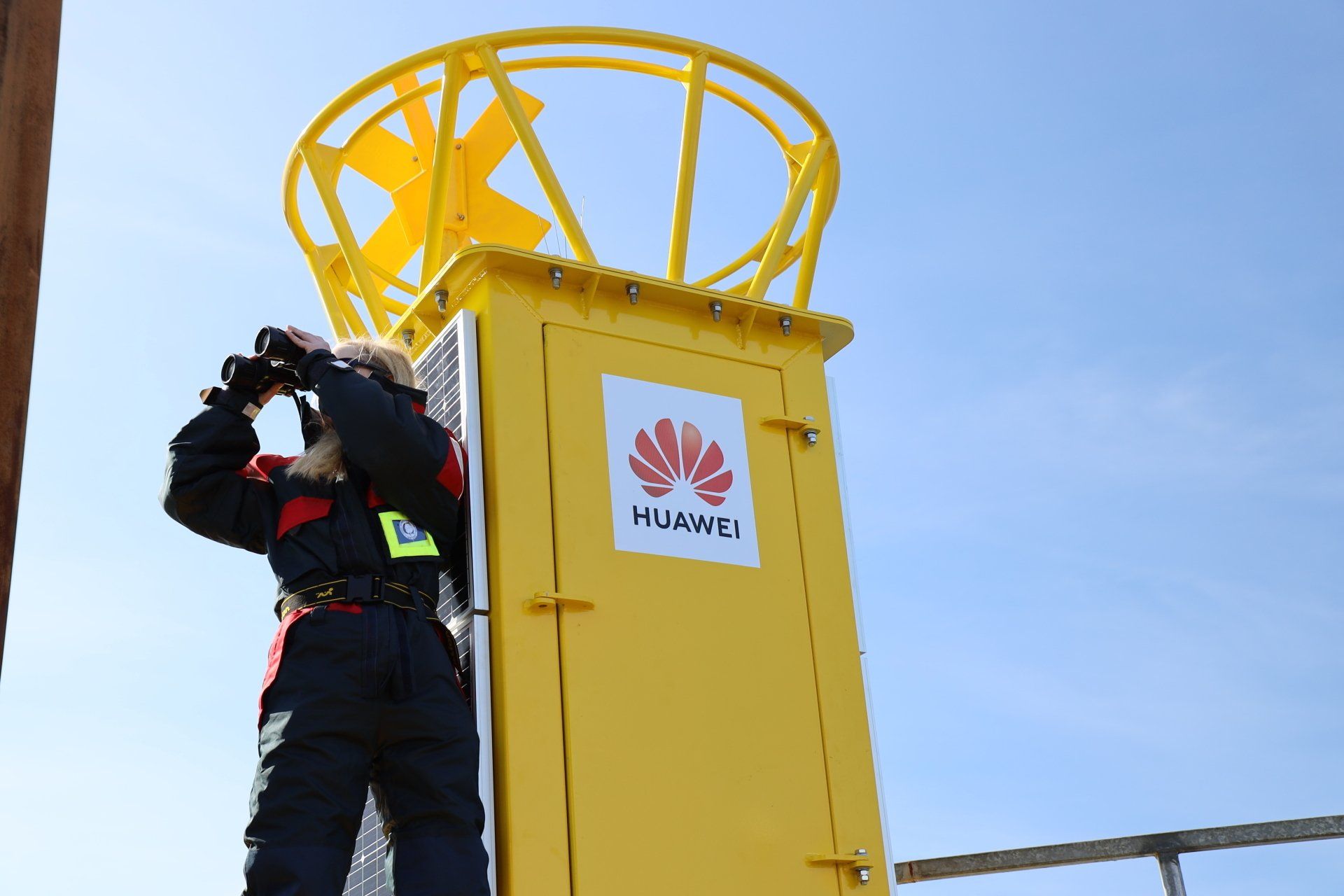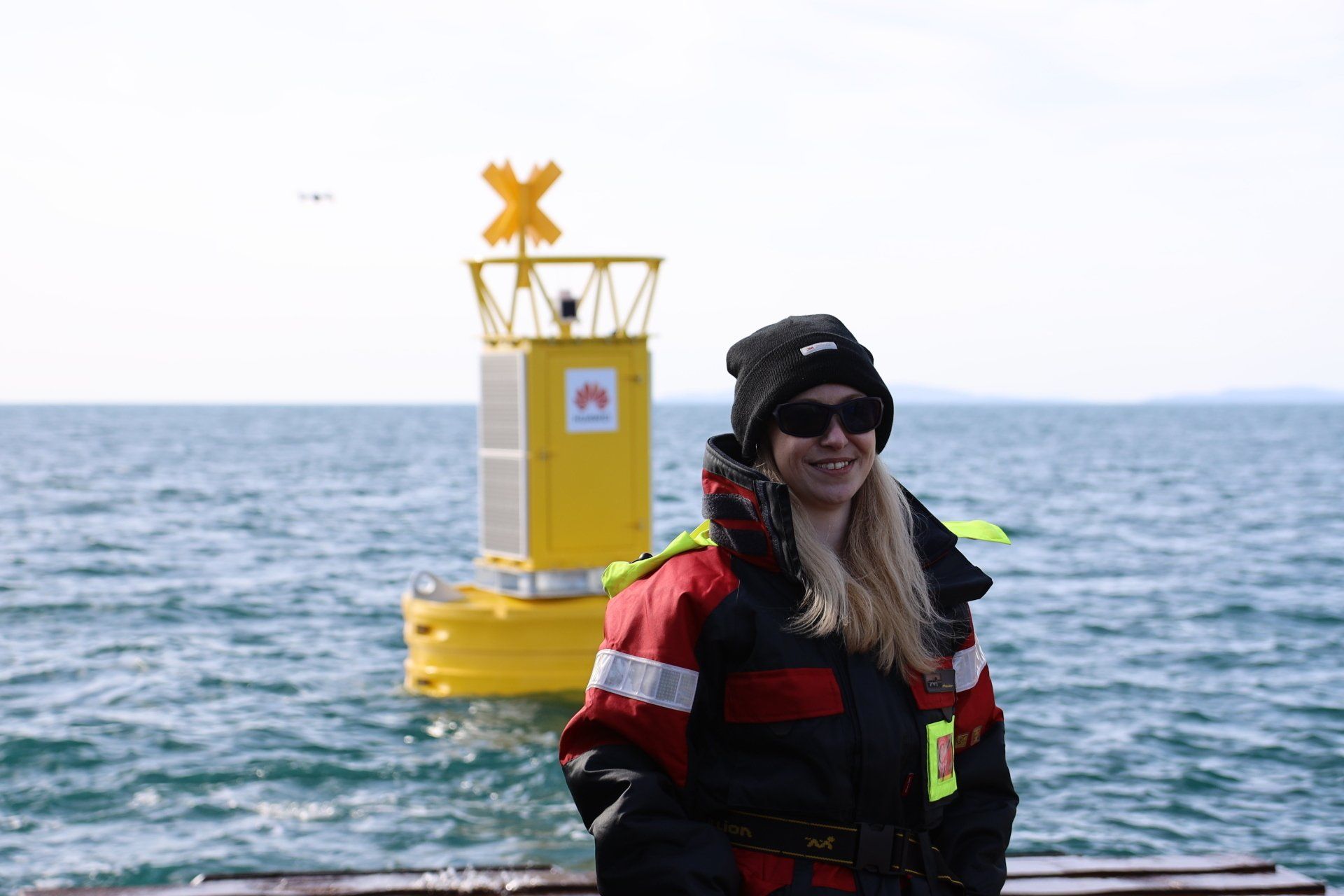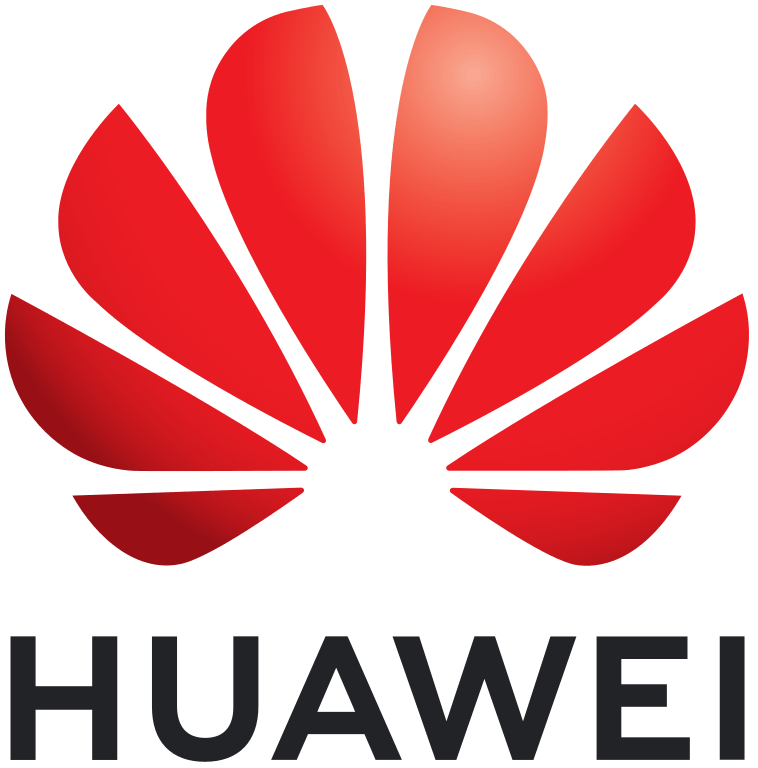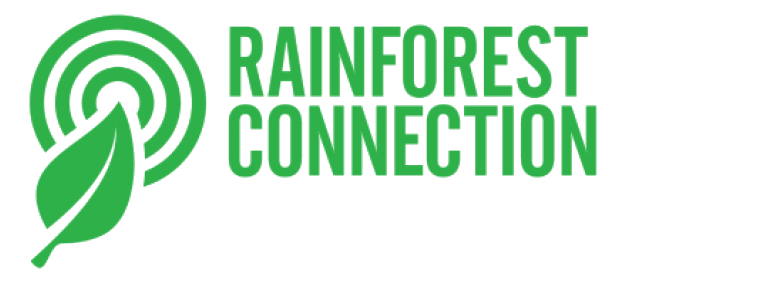SMART WHALE SOUNDS PROJECT
TECH-4-ALL | SMART WHALE SOUNDS
REAL-TIME #AI ACOUSTIC MONITORING
The Smart Whale Sounds Project is sponsored by HUAWEI Ireland's #Tech4All Programme, in partnership with eco-acoustics NGO, Rainforest Connection (RFCx) to develop the most up to date technology to protect cetaceans. This is the first autonomous cetacean bioacoustics monitoring project to detect vocalisations in real-time and to use sophisticated #AI/Deep learning models to automatically detect and identify cetacean species in Ireland.
ORCA Ireland has developed novel and innovative real-time bio-acoustic monitoring technologies that can provide robust information on species in sites of interest, to inform government policy and decision makers. This technology is designed to assist decision makers in relation to Marine Spatial Planning, (MSP), including assisting in the development and monitoring of a network of Marine Protected Area's (MPA's) around Ireland, and finally for creating an early warning system to alert large ships to the presence of whales in an area, preventing ship strike and limiting noise pollution in important habitats. ORCA Ireland's real-time AI acoustic monitoring technologies can assist with real-time acoustics surveys for cetaceans in EU waters.
NOISE POLLUTION:
Noise pollution in EU waters threaten the welfare of vulnerable cetaceans, such as baleen whales, who's low frequency vocalisations may be drowned out by the constant din of shipping noise. Sound travels much faster in water than in air, in fact, sound travels at 1500 m/s in seawater, in comparison to only 340 m/s in air. Cetaceans have evolved over thousands of years to exploit the use of sound for navigation, communication, foraging and reproduction.However, man-made sound pollution introduced to the marine environment through industrial activities like commercial shipping, pile driving for wind-farms, offshore oil and gas exploration and military sonar can all cause injury or even death, particularly to deep diving cetaceans, such as beaked whales and sperm whales.
Studies indicate that over
85%
of shipping noise is caused by propeller cavitation. Low frequency noise pollution from ships can mask communicative calls of large migratory baleen whales and move animals out of important foraging or reproductive areas. The increasing presence of large whales in our waters also poses a risk for ship strike of animals by large cargo vessels which transverse the south coast of Ireland, leaving Liverpool in the U.K. and heading west across the Atlantic ocean to Halifax, Nova Scotia, Canada.
With ORCA IRELAND'S novel and innovative technologies, we have developed the first Static Acoustic Monitoring (SAM) SmartBuoy in Europe. This long-term near real-time automated cetacean acoustic detector, is driven by Artificial Intelligence (AI). Our project aims to training deep learning models to recognise different species calls, we can create a detection system and analyse cetacean vocalisations in near real-time!
We can provide marine mammal acoustic consultancy services through our sister company and can build similar systems for your project needs. Get in touch today and see how you can benefit from the our game changing innovative approach.
Bioacoustic Monitoring Technologies:
Passive Acoustic Monitoring (PAM):
Real-time PAM is an increasingly sought after tool in marine mammal mitigation, particularly during industrial activities. Traditional methods, however such as towed hydrophone arrays, can only provide a snap-shot in time of species occurrence in a particular area of interest. ORCA IRELAND is trail-blazing the way combining real-time PAM with #AI to monitor cetaceans in European waters.
Static Acoustic Monitoring (SAM):
Similarly, real-time SAM is becoming more commonly used in marine mammal abundance and distribution surveys, particularly for offshore wind construction. Traditional methods, however require data to be stored on-board the hydrophone system and to be collected at a later date for analysis. ORCA IRELAND's new technologies can provide long-term cetacean monitoring in real-time through a GSM network, and employ machine learning to automate the identification of cetaceans.
Huge Thank you to HUAWEI for supporting ORCA Ireland's Innovative SAM Technology.
Smart Whale Sounds Project Launch - March 2021 SAM System deployment called the "Gannet".
Button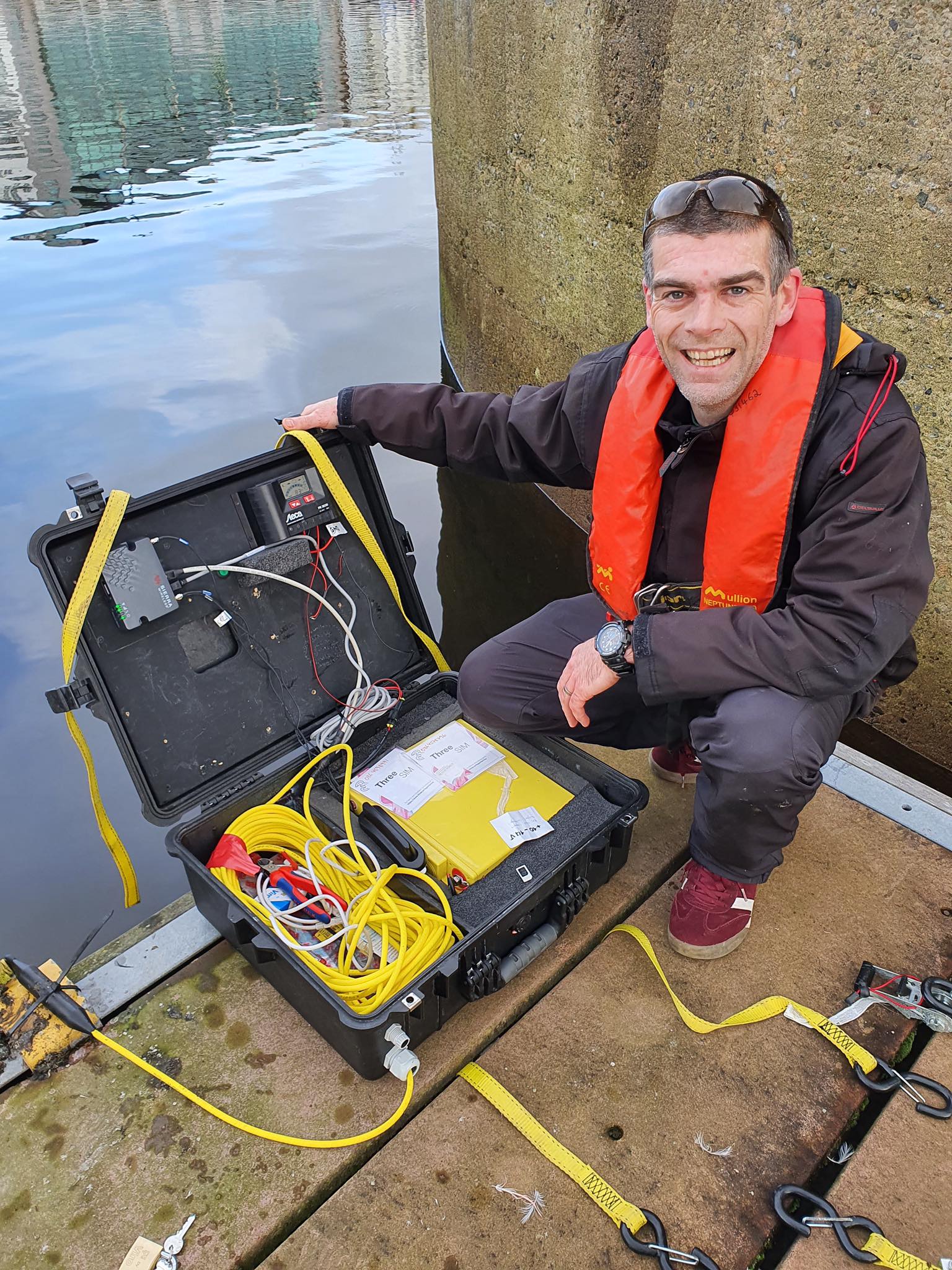
JFC Marine always there to lend a helping hand!
Write your caption hereButton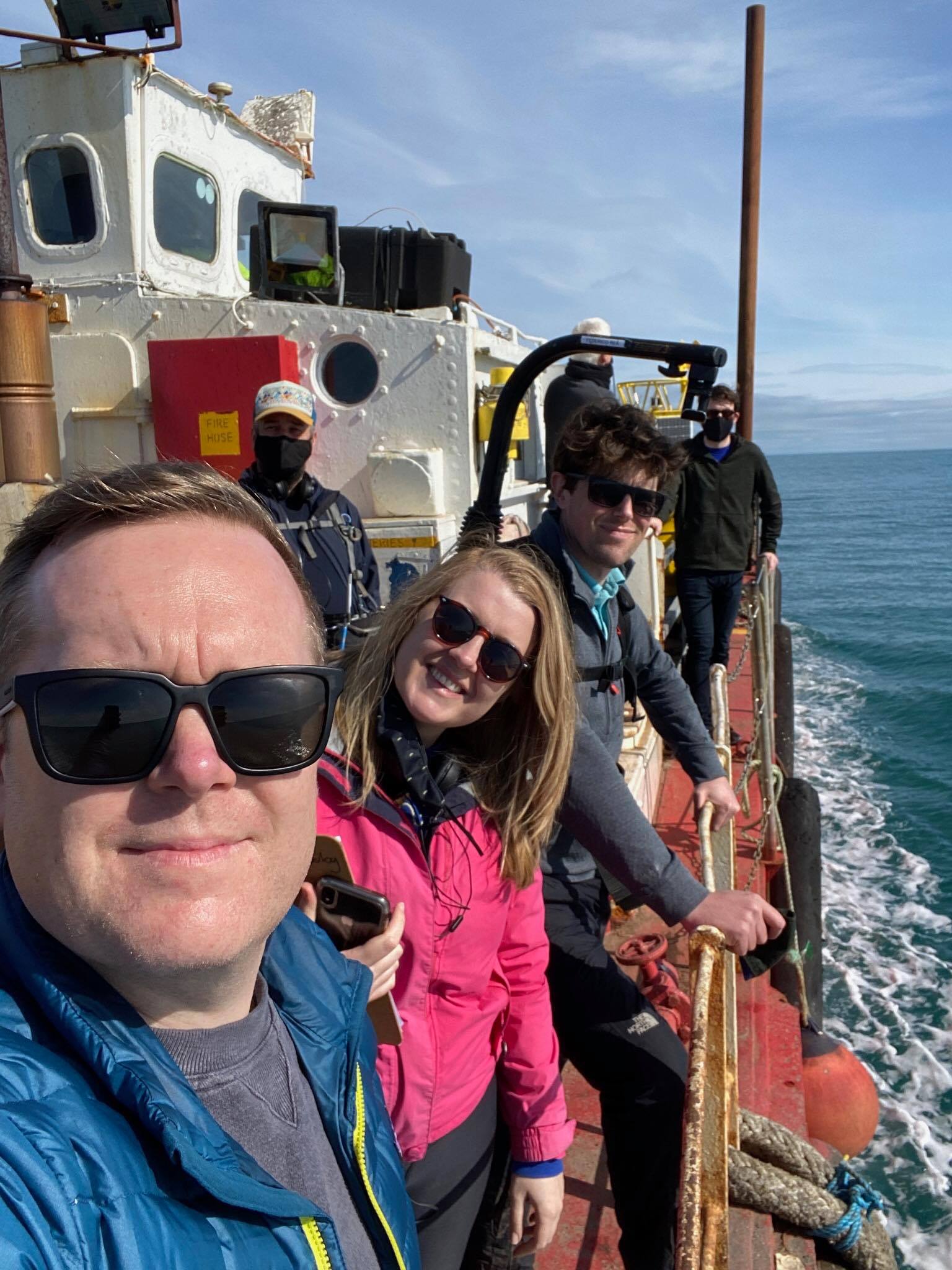
Thank you to all the Nomos Crew!
Thank you to the NOMOS production team for capturing the deployment of ORCA Ireland's new real-time monitoring technology.
Button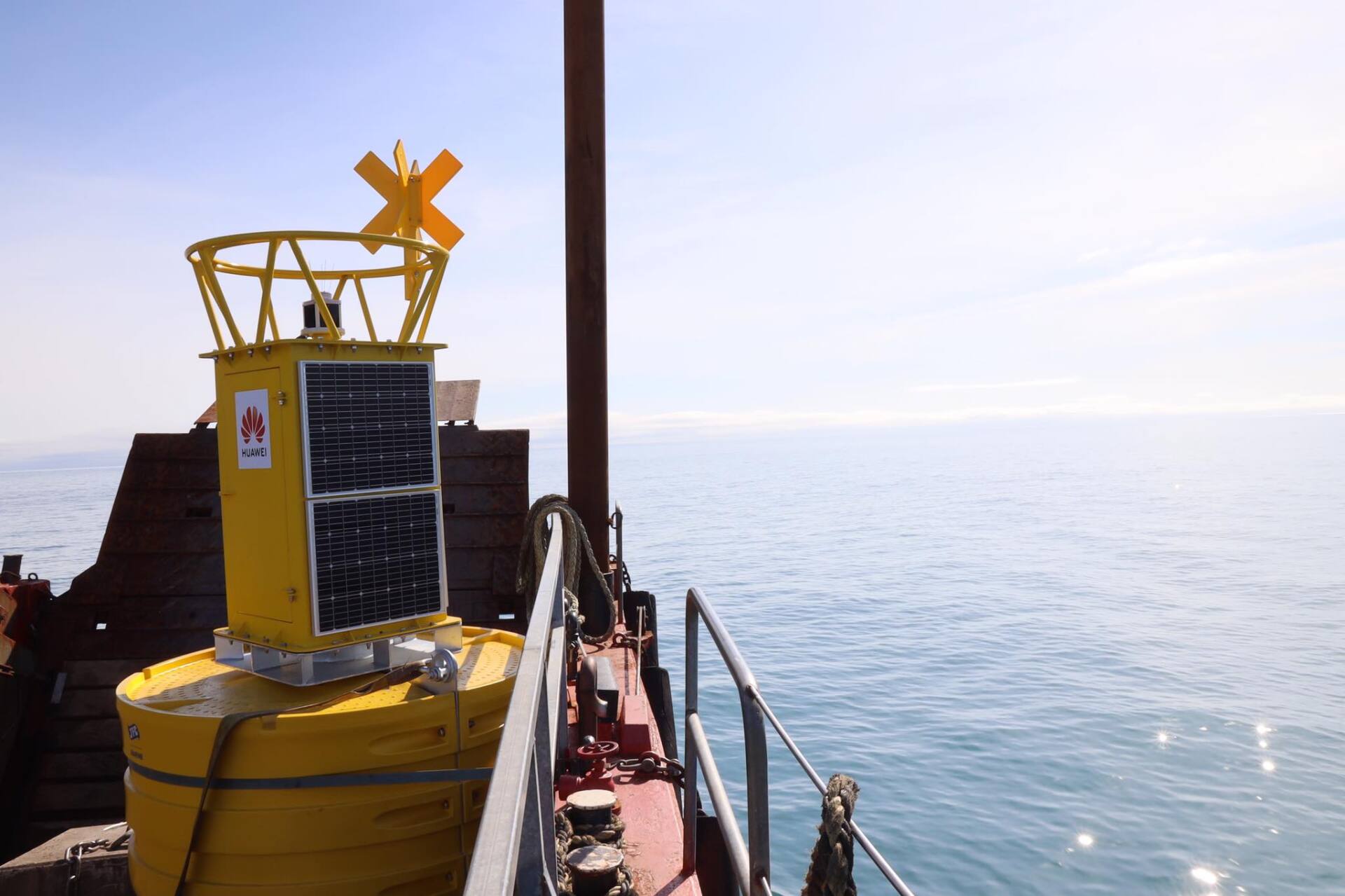
Cheers to Vincy, Pat, Dave, Lucas and Seamus for the man power!
Button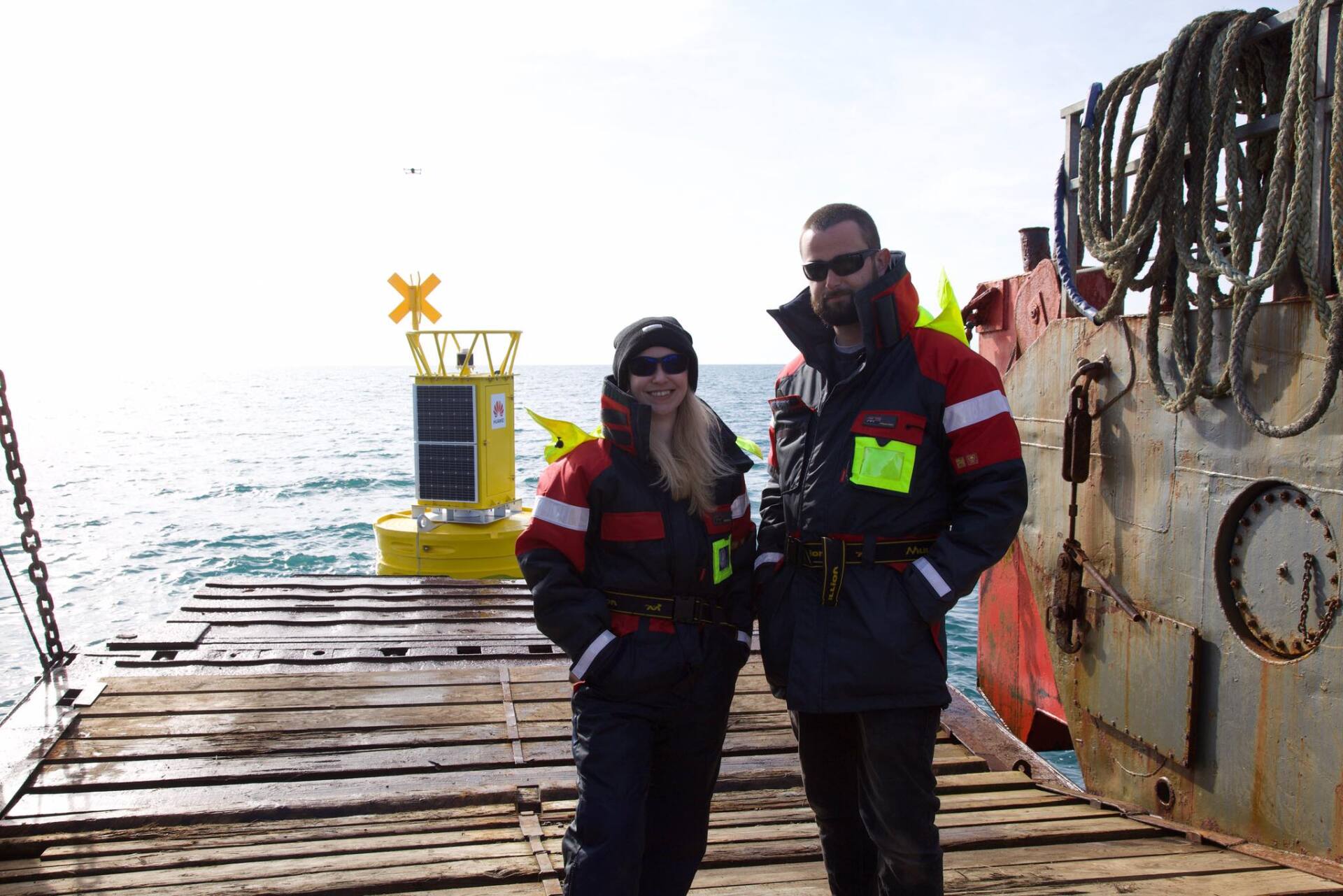
Thanks to a supportive team on the ground!
Thanks to a supportive team on the ground!
ButtonReal-time cetacean acoustic monitoring using #AI
Stay tuned...
Button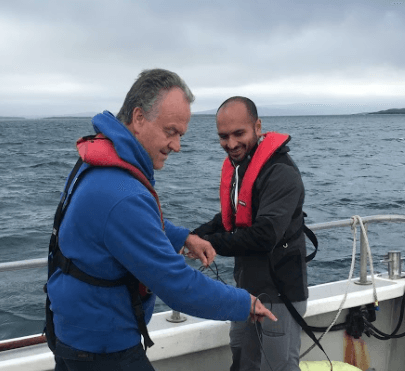
Thank you to Ehsan Abdi from Cyprus Subsea
Thank you to Ehsan from Cyprus Subsea for technical support with integrating the sensors.
Button
Thanks to Kieran Collins of Baltimore Wildlife Tours
Thanks to Kieran Collins of Baltimore Wildlife Tours for providing a platform for testing ORCA Ireland's prototype technologies.
Button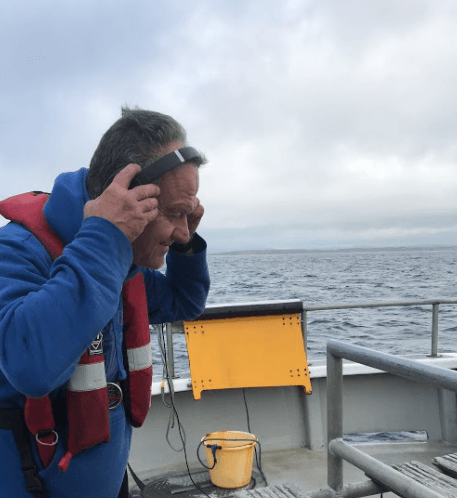
Thanks to Jerry Smith of Aquaventures, Baltimore
Thank you to Jerry Smith for providing a platform for experimenting and trialing new prototypes of passive acoustic monitoirng equipment.
Button
REAL-TIME | #AI ACOUSTIC MONITORING
Species Identification using deep learning is facilitated through Arbimon, Rainforest Connection (RFCx's) platform for AI empowered eco-acoustic analysis. As extracted from the ARBIMON Project Goal:
"No one questions the importance of the global network of weather stations that help us track climate patterns and predict future change or daily satellite images that help us monitor the extent of the world’s forests, but we have virtually ignored the status of the fauna inside the forests. By monitoring the sounds of birds, frogs, mammals, and insects we can learn a lot about which species are there and how their populations are changing through time. This invaluable information will help to develop conservation strategies to protect and maintain biodiversity in the world’s most unique ecosystems."
Applying the same ethos as our friends at RFCx, the Smart Whale Sounds project goals include;
- Create an Irish Marine Bioacoustics Network of near real-time AI empowered static acoustic monitoring (SAM) systems to monitor cetaceans around the Irish coast, and through-out Europe, in partnership with the national governmental and non-governmental bodies, industry and academia.
- Develop a deep learning open-source plugin for acoustics analysis of species-specific classification of cetacean vocalisations in real-time.
- Create a public listening hub for exploring the data in near real-time.
- Include near real-time alerts to large vessels in important habitats for fin whales and humpback whales to reduce risk of ship strike and disturbance.
Our Story:

Slide title
Write your caption hereButton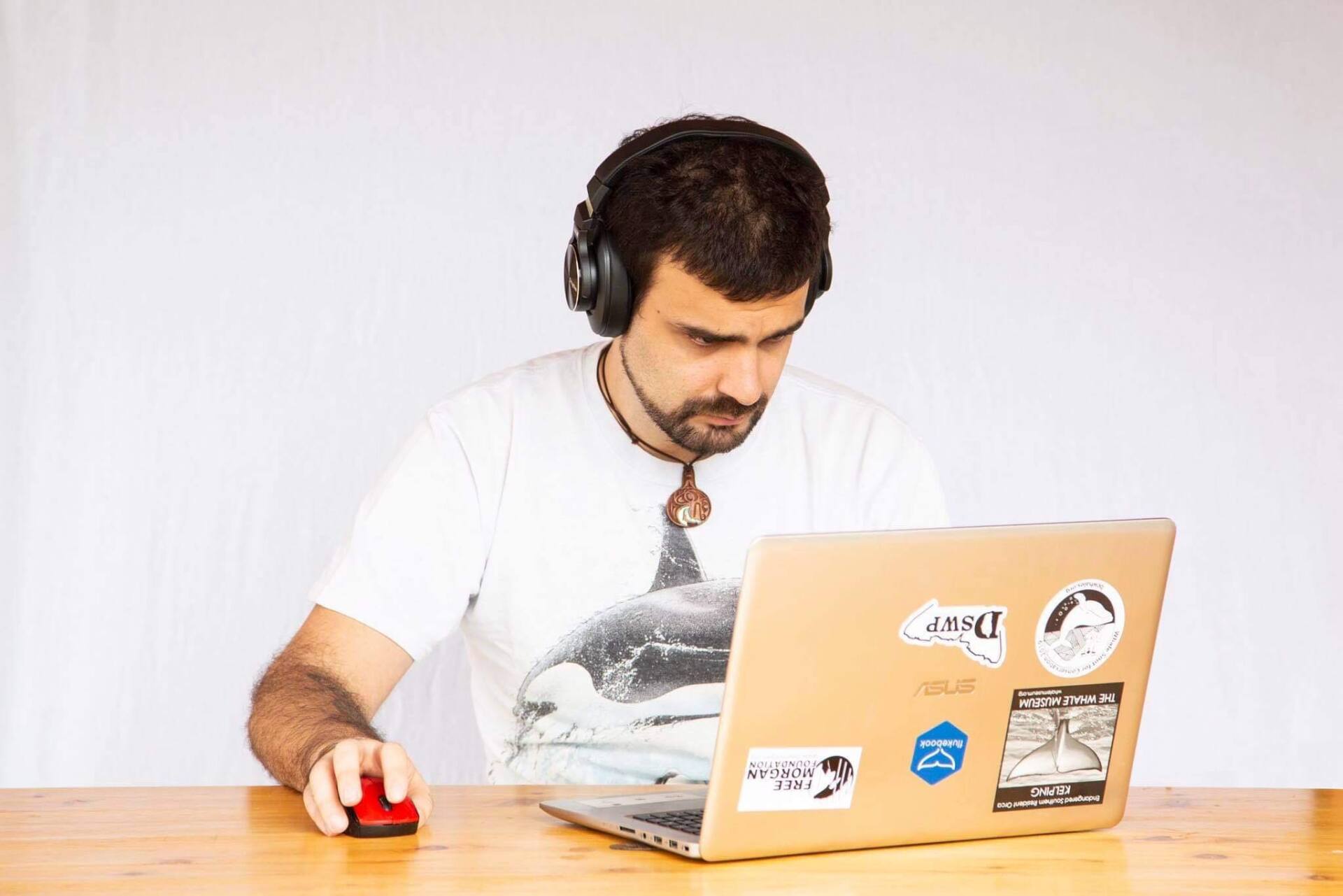
Slide title
Write your caption hereButton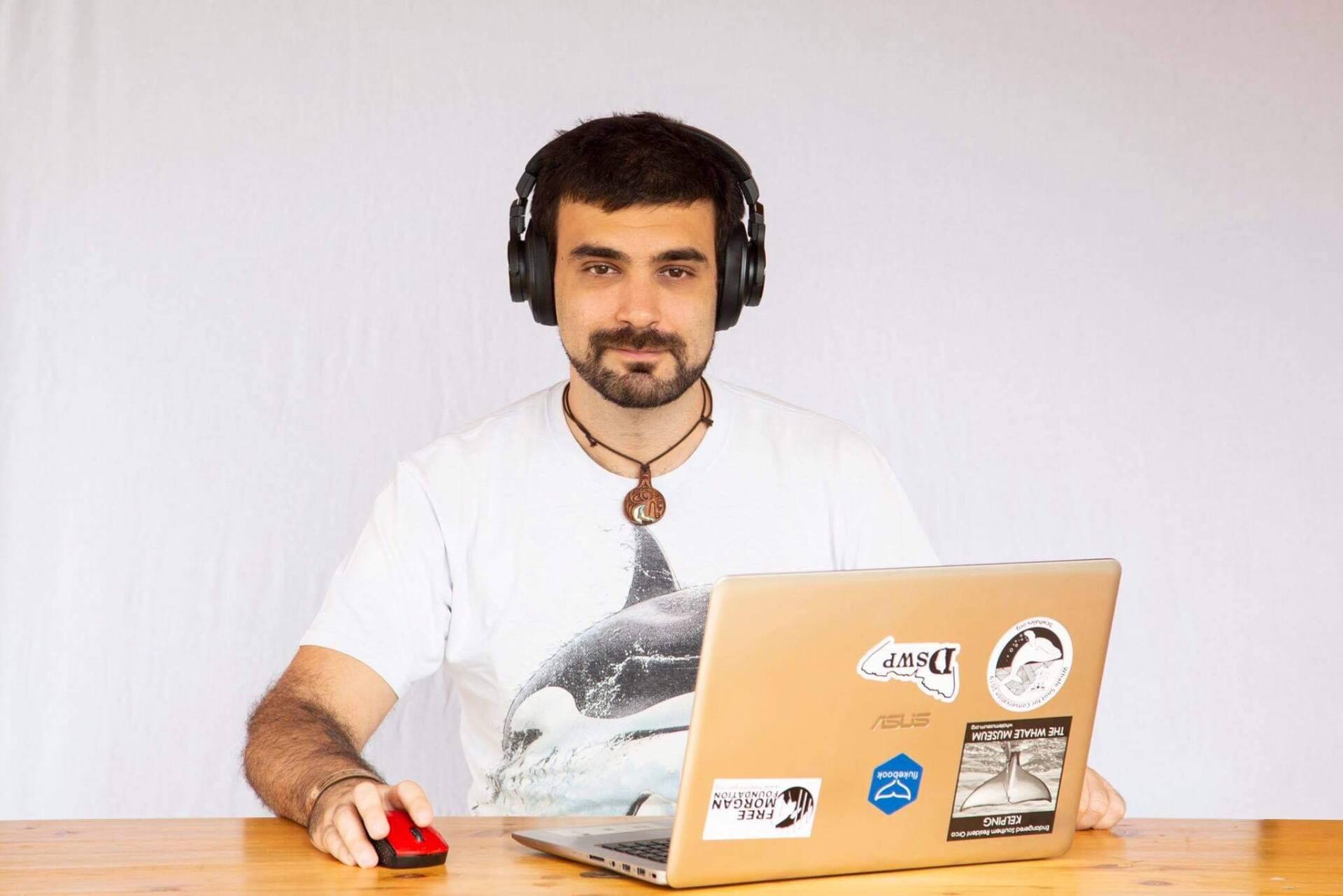
Slide title
Write your caption hereButton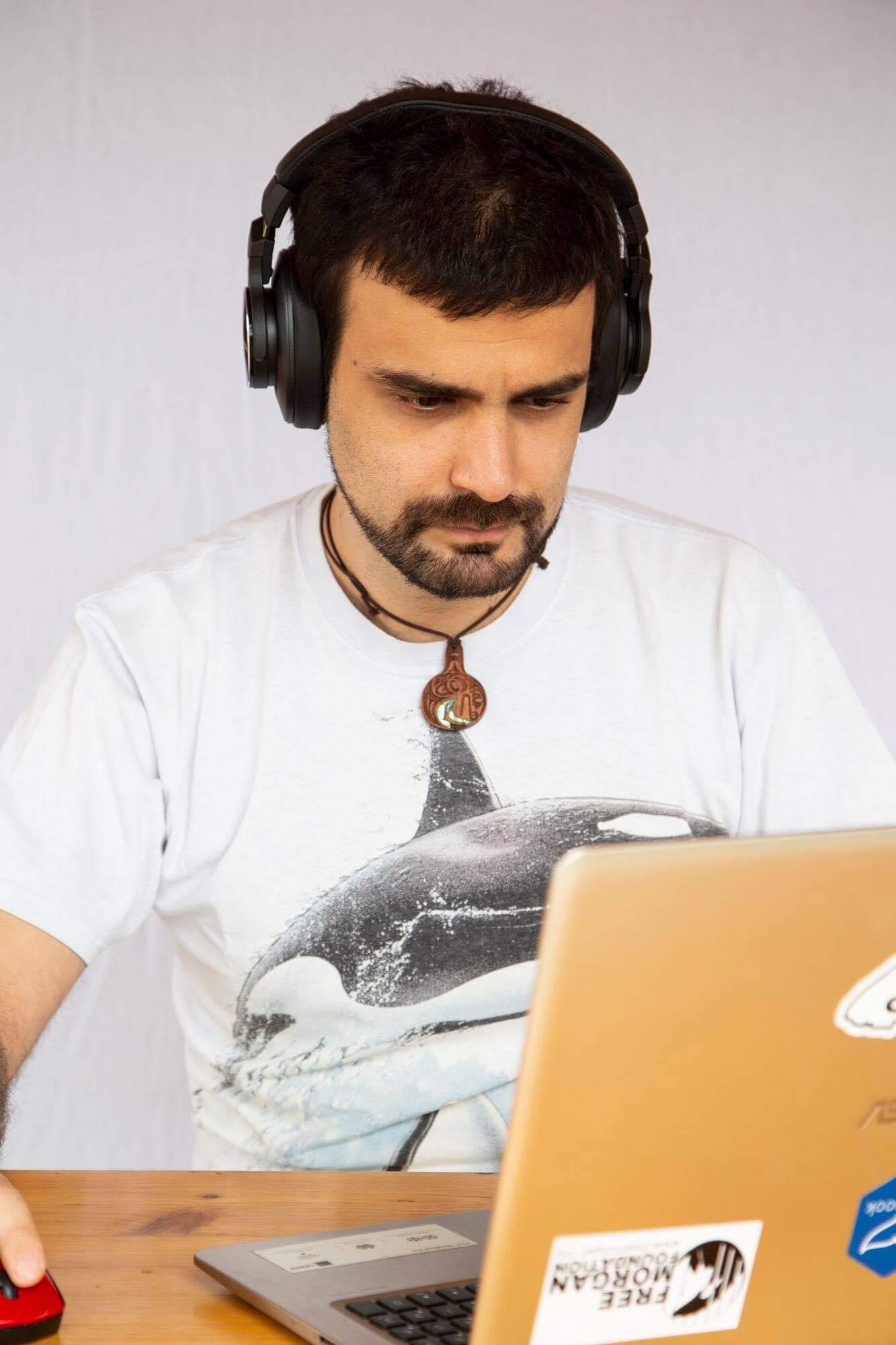
Slide title
Write your caption hereButton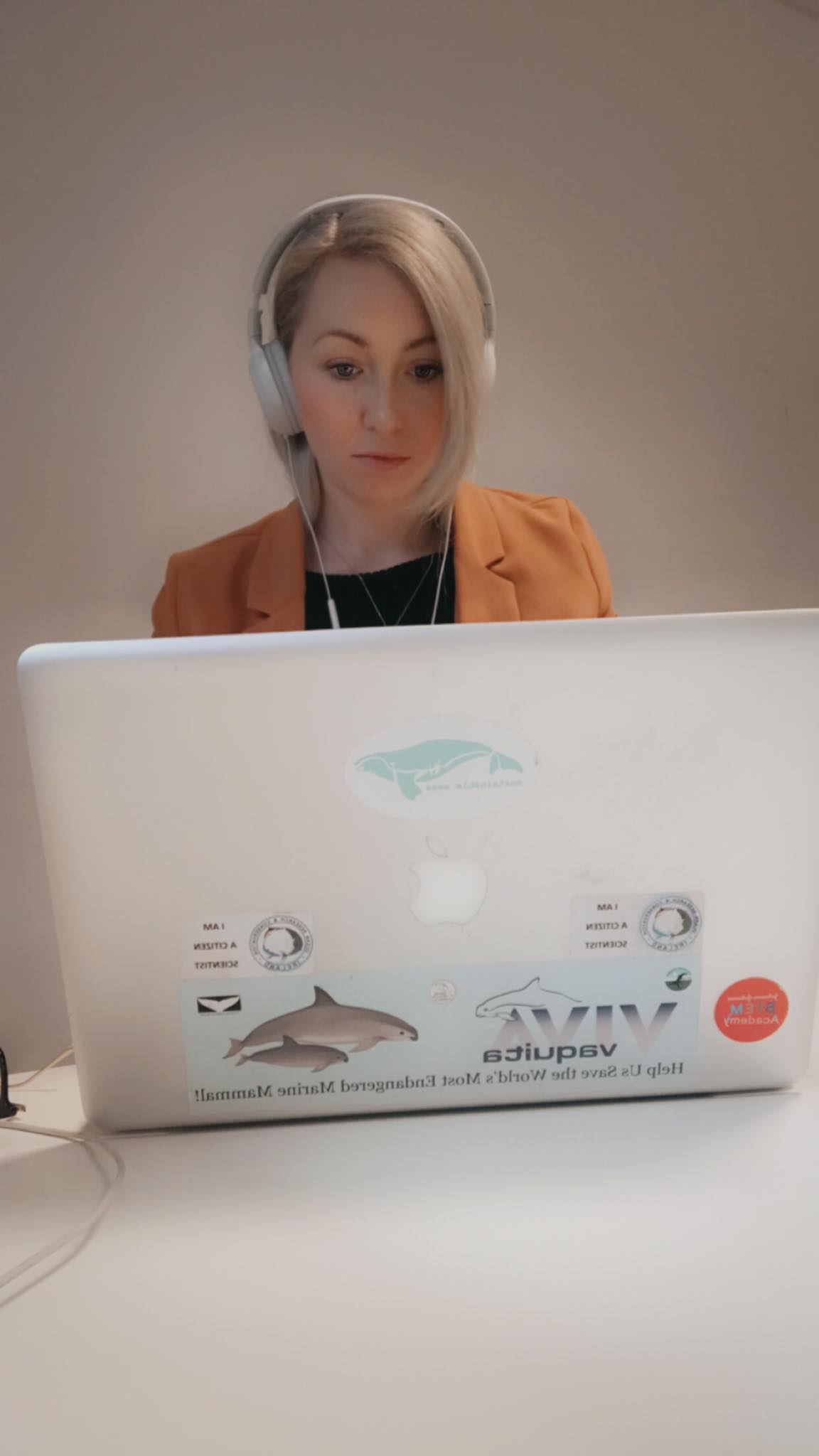
Slide title
Write your caption hereButton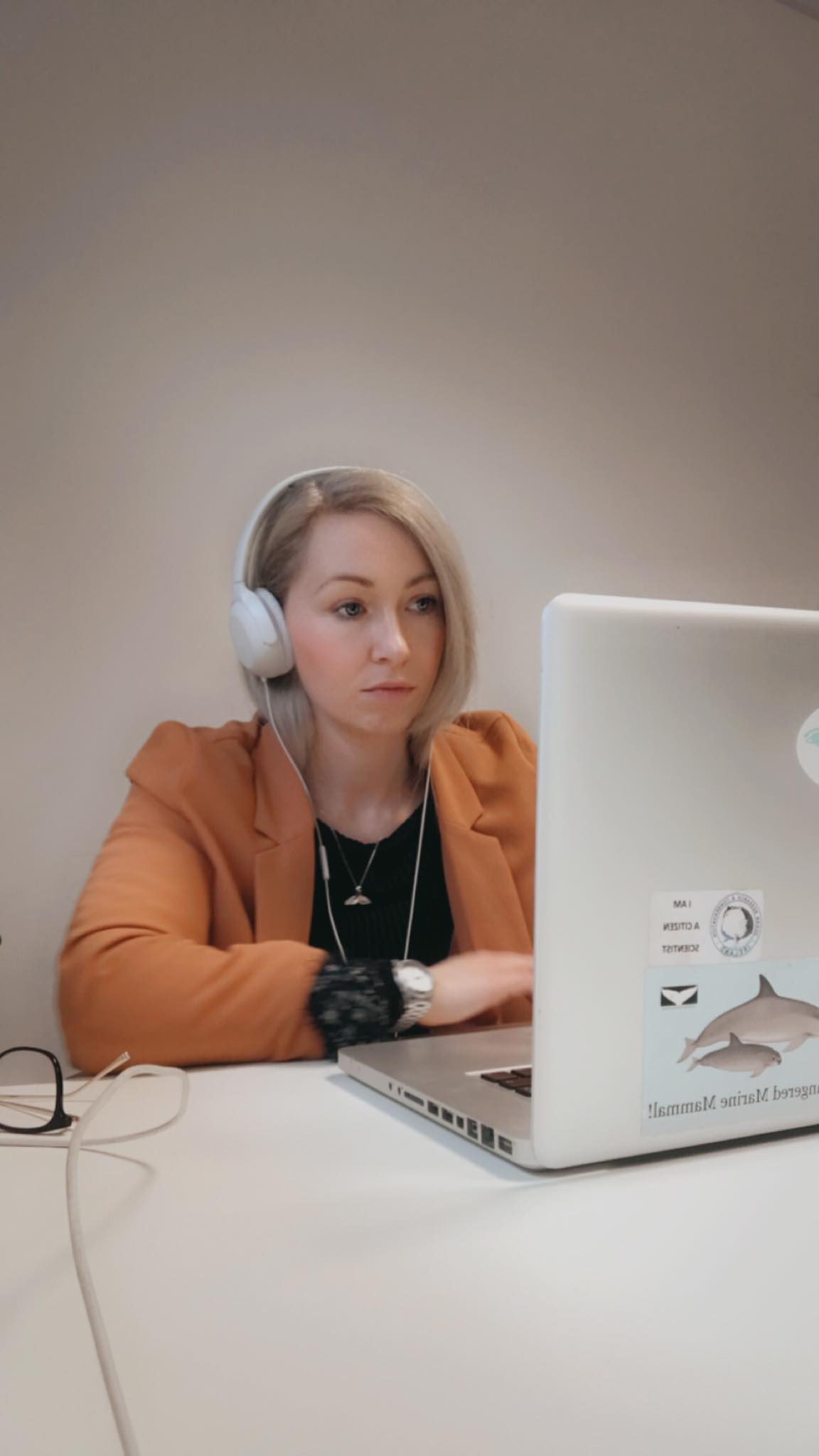
Slide title
Write your caption hereButton
Slide title
Write your caption hereButton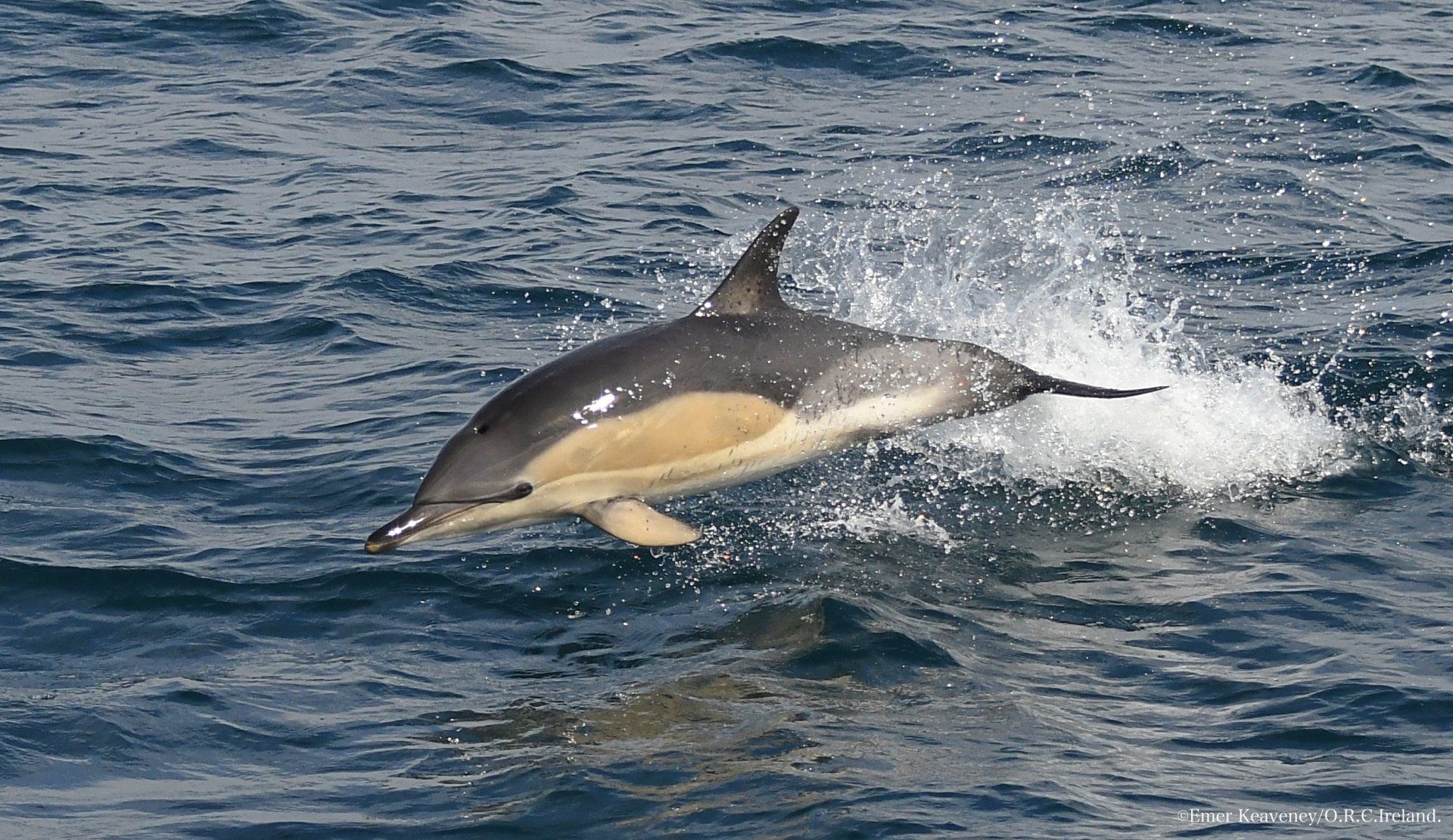
Slide title
Write your caption hereButton
ORCA Ireland's cetacean researchers; marine mammal ecologist, Emer Keaveney and bio-acoustician, Davide LeLong have teamed up with RFCx and Huawei for a first of its kind study in Ireland; a highly innovative new project to automate the detection of cetacean species vocalisations in real-time.
On March 18th 2021, they launched Ireland's first "Whale Phone", a static acoustic monitoring (SAM) Smart Buoy system nicknamed the "Gannet", off the south coast of Ireland. Before reaching port, the team had detected short-beaked common dolphin (Delphinus delphis) both visually, through on-board Marine Mammal Observers (MMO's) and acoustically. Recordings were transferred to Huawei's Cloud Server in real-time, where they are automatically uploaded to ARBIMON for identification. The first phase of the project is to collect data to train deep learning convolutional neural networks to automate species specific identification.
icListen | Common Dolphins (Delphinus delphis)
Project Partners:
HUAWEI
HUAWEI TECH4ALL Programme:
The Smart Whale Sounds Project official sponsor is multi-national telecoms company HUAWEI, thanks to the support of Huawei's TECH4ALL Programme. TECH4ALL holds that for the world to grow and develop, everyone has four basic rights; Education, Environment, Health and Development. Turning the Tide against Threats to Ocean Life requires smart technology and thats where the Smart Whale Sounds project can greatly enhance the conservation of aquatic mammals.
Rainforest Connection (RFCx)
Internationally renowned NGO Rainforest Connection (RFCx) create acoustic monitoring systems to stop illegal logging in rainforests in real-time. RFCx is supports the bioacoustics communities with tools and technology to enhance overall impact in the conservation of nature. In partnership with ORCAIreland and supported by Huawei, RFCx has helped launch a first-of-its-kind project to monitor the acoustics of whales, dolphins and porpoises off the southern coast of Ireland.
All Rights Reserved | The Ocean Research & Conservation Association of Ireland.

